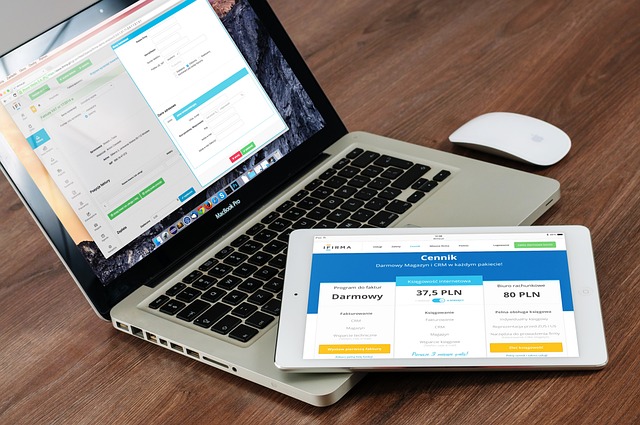The terms “web app” and “website” are often used interchangeably, leading to confusion about their distinct characteristics. While both web apps and websites are accessible through web browsers and serve online content, they have fundamental differences in terms of functionality, purpose, and user interaction. Let’s break down the difference between a web app and website to provide some clarity on the two.
Understanding Websites
A website is a collection of web pages that are linked together through hyperlinks and can be accessed through a web browser. Websites are primarily informational or content-oriented in nature. They serve as online destinations where users can find text, images, videos, and other forms of content. Websites are typically used for the following purposes:
1. Information Sharing
Websites are an ideal platform for sharing information with a broad audience. This can include personal blogs, news websites, educational resources, and company websites that provide details about their products, services, and contact information.
2. Content Consumption
Users visit websites to consume content, whether it’s reading articles, watching videos, viewing images, or listening to podcasts. Popular examples of content-oriented websites include news sites, blogs, and video-sharing platforms like YouTube.
3. Static Content
Websites often consist of static content, which means the information presented remains relatively constant and doesn’t change frequently. Updates to a website typically involve adding or modifying individual web pages.
4. Limited User Interaction
Websites offer limited interactivity, mainly involving navigation through pages, submitting contact forms, or leaving comments on blog posts. However, the level of user interaction is generally lower compared to web apps.
Exploring Web Apps
A web app, short for web application, is a dynamic and interactive online application accessible through a web browser. Unlike websites, web apps are more functional and provide users with tools, services, or features to perform specific tasks or achieve certain goals. Here are key characteristics of web apps:
1. Functionality and Interactivity
Web apps are designed for specific purposes and often offer a wide range of functionality. Examples of web apps include email services like Gmail, social media platforms like Facebook, project management tools like Trello, and e-commerce platforms like Amazon. These apps enable users to perform tasks, communicate, collaborate, and interact with dynamic content.
2. Dynamic Content
Web apps frequently update and display dynamic content based on user interactions or data from external sources. For instance, a weather forecasting web app provides real-time weather information, while a stock trading web app continuously updates stock prices and charts.
3. User Authentication
Web apps often require users to create accounts and log in to access personalized features and data. User authentication is crucial for maintaining data security and providing a customized experience.
4. Data Storage and Manipulation
Web apps can store and manipulate data on the server, allowing users to create, edit, and save information. For example, a web-based word processor enables users to create documents that are stored and accessible online.
5. Responsive Design
Web apps are designed to be responsive, meaning they adapt to different screen sizes and devices. This ensures that users can access and use the app seamlessly on desktop computers, tablets, and smartphones.
Key Differences Summarized
To summarize, here are the key differences between websites and web apps:
1. Purpose:
– Websites primarily provide information and content.
– Web apps offer functionality and tools for specific tasks or activities.
2. Content:
– Websites feature static or semi-static content.
– Web apps display dynamic and frequently updated content.
3. Interactivity:
– Websites offer limited user interaction.
– Web apps provide extensive interactivity and functionality.
4. User Authentication:
– Websites may not require user authentication.
– Web apps often require user accounts and logins for personalized experiences.
5. Data Manipulation:
– Websites focus on content consumption.
– Web apps enable data creation, manipulation, and storage.
While websites and web apps share a common online presence and are accessed through web browsers, they serve distinct purposes and offer different levels of functionality and interactivity. Websites are primarily informational and content-driven. However, web apps are different and more interactive.
Indeed, a web application development services provider like Ronas IT can help you create dynamic and interactive web apps designed to facilitate specific tasks and activities. Understanding these differences is essential for businesses and individuals looking to choose the right platform for their online presence or digital project.
Whether you need to share information or provide functional tools, knowing when to opt for a website or a web app will help you effectively meet your online goals.

 by Carl Bunton 2 years ago
by Carl Bunton 2 years ago 